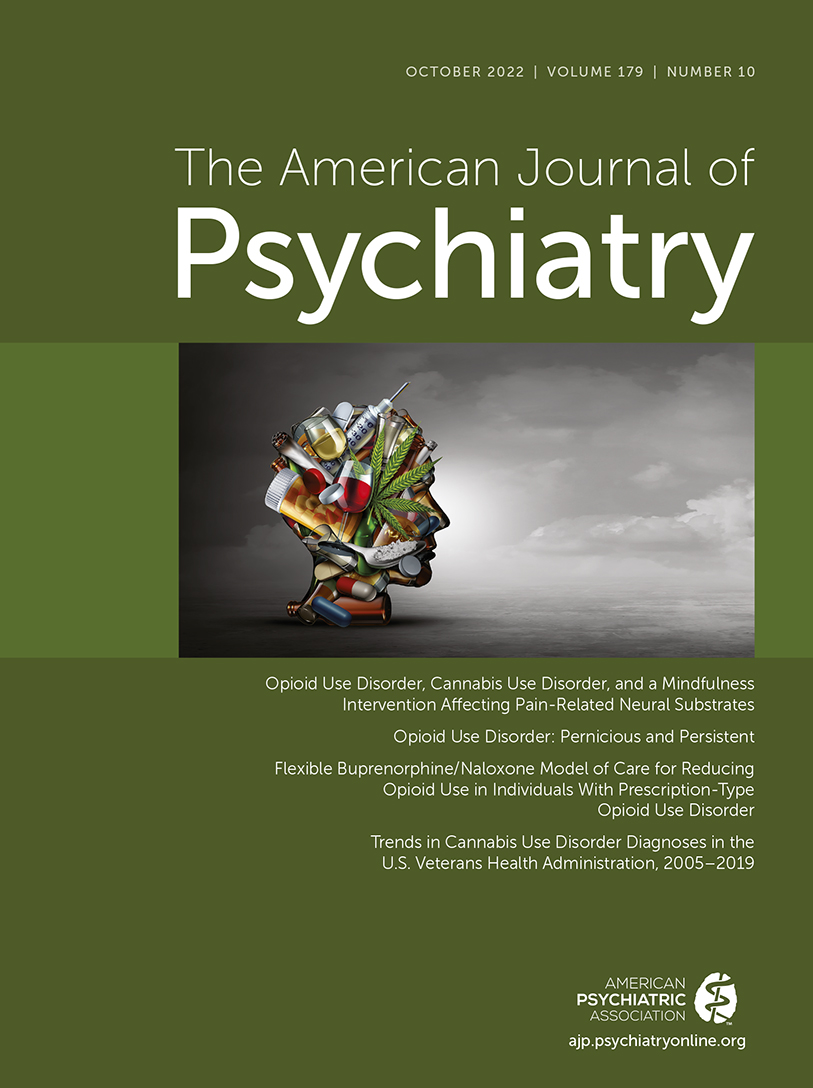Abstract
Objective:
Extensive exposure to prescription-type opioids has resulted in major harm worldwide, calling for better-adapted approaches to opioid agonist therapy. The authors aimed to determine whether flexible take-home buprenorphine/naloxone is as effective as supervised methadone in reducing opioid use in prescription-type opioid consumers with opioid use disorder.
Methods:
This seven-site, pan-Canadian, 24-week, pragmatic, open-label, noninferiority, two-arm parallel randomized controlled trial involved treatment-seeking adults with prescription-type opioid use disorder. Participants were randomized in a 1:1 ratio to treatment with sublingual buprenorphine/naloxone (target dosage, 8 mg/2 mg to 24 mg/6 mg per day; flexible take-home dosing) or oral methadone (≈60–120 mg/day; closely supervised). The primary outcome was the proportion of opioid-free urine drug screens over 24 weeks (noninferiority margin, 15%). All randomized participants were analyzed, excluding one who died shortly after randomization, for the primary analysis (modified intention-to-treat analysis).
Results:
Of 272 participants recruited (mean age, 39 years [SD=11]; 34.2% female), 138 were randomized to buprenorphine/naloxone and 134 to methadone. The mean proportion of opioid-free urine drug screens was 24.0% (SD=34.4) in the buprenorphine/naloxone group and 18.5% (SD=30.5) in the methadone group, with a 5.6% adjusted mean difference (95% CI=−0.3, +∞). Participants in the buprenorphine/naloxone group had 0.47 times the odds (95% CI=0.24, 0.90) of being retained in the assigned treatment compared with those in the methadone group. Overall, 24 drug-related adverse events were reported (12 in the buprenorphine/naloxone group [N=8/138; 5.7%] and 12 in the methadone group [N=12/134; 9.0%]) and mostly included withdrawal, hypogonadism, and overdose.
Conclusions:
The buprenorphine/naloxone flexible model of care was safe and noninferior to methadone in reducing opioid use among people with prescription-type opioid use disorder. This flexibility could help expand access to opioid agonist therapy and reduce harms in the context of the opioid overdose crisis.



